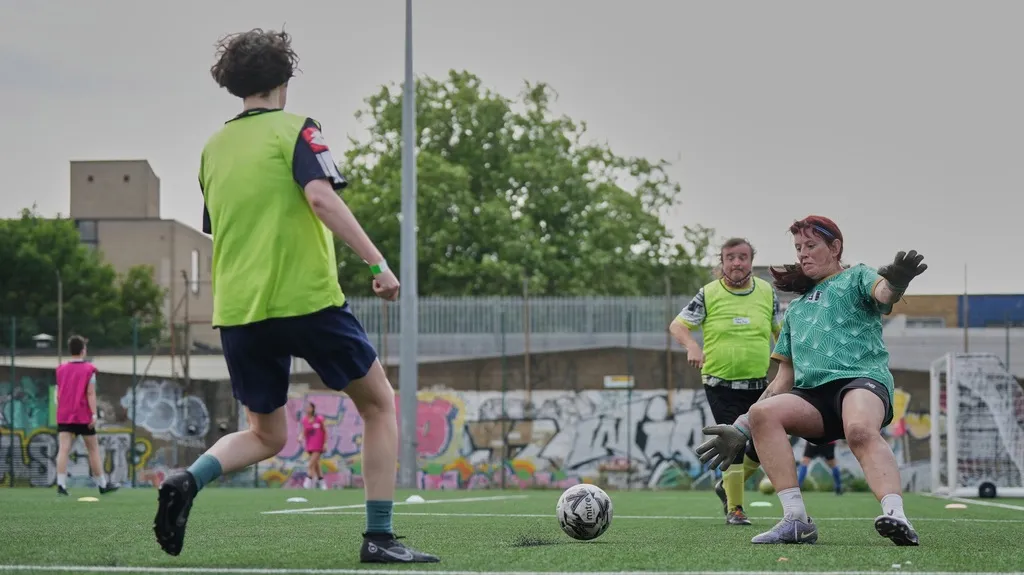April 12, 2021
The Gender Vaccine Gap: More Women Than Men Are Getting COVID Shots
Laura Ungar READ TIME: 5 MIN.
This story also ran on USA Today.
Mary Ann Steiner drove 2� hours from her home in the St. Louis suburb of University City to the tiny Ozark town of Centerville, Missouri, to get vaccinated against covid-19. After pulling into the drive-thru line in a church parking lot, she noticed that the others waiting for shots had something in common with her.
"Everyone in the very short line was a woman," said Steiner, 70.
Her observation reflects a national reality: More women than men are getting covid vaccines, even as more men are dying of the disease. KHN examined vaccination dashboards for all 50 states and the District of Columbia in early April and found that each of the 38 that listed gender breakdowns showed more women had received shots than men.
Public health experts cited many reasons for the difference, including that women make up three-quarters of the workforce in health care and education, sectors prioritized for initial vaccines. Women's longer life spans also mean that older people in the first rounds of vaccine eligibility were more likely to be female. But as eligibility expands to all adults, the gap has continued. Experts point to women's roles as caregivers and their greater likelihood to seek out preventive health care in general as contributing factors.
In Steiner's case, her daughter spent hours on the phone and computer, scoping out and setting up vaccine appointments for five relatives. "In my family, the women are about a million times more proactive" about getting a covid vaccine, Steiner said. "The females in families are often the ones who are more proactive about the health of the family."
As of early April, statistics showed the vaccine breakdown between women and men was generally close to 60% and 40% – women made up 58% of those vaccinated in Alabama and 57% in Florida, for example.
States don't measure vaccinations by gender uniformly, though. Some break down the statistics by total vaccine doses, for example, while others report people who have gotten at least one dose. Some states also have a separate category for nonbinary people or those whose gender is unknown.
A handful of states report gender vaccination statistics over time. That data shows the gap has narrowed but hasn't disappeared as vaccine eligibility has expanded beyond people in long-term care and health care workers.
In Kentucky, for instance, 64% of residents who had received at least one dose of vaccine by early February were women and 36% were men. As of early April, the stats had shifted to 57% women and 43% men.


